Turtle Time at Sodwana Bay Lodge: the place where wild beauty and wonder meet. Book your Turtle Tour soon!
Turtles of Sodwana: Cracking the mystery of the “Lost Years”
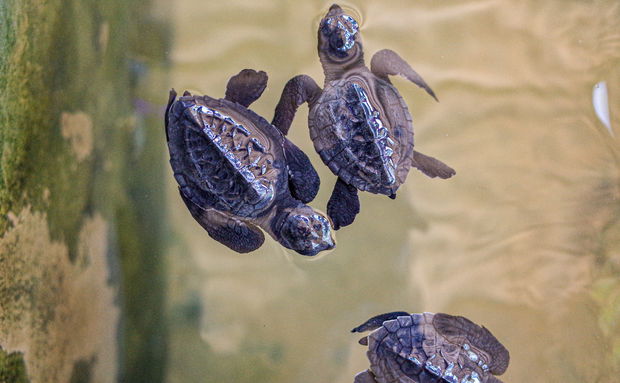
Next time you see hatchlings scrabbling towards the surf at Sodwana during one of Sodwana Bay Lodge’s famed Turtle Tours from November until March, remember: their story doesn’t end in the waves.
Every summer, the beaches of Sodwana Bay play host to one of the ocean’s oldest rituals: loggerhead and leatherback turtles hauling themselves ashore to nest. By moonlight they dig their sandy cradles, leaving behind a new generation that will, with luck, repeat the journey decades later. But once those tiny hatchlings scurry into the surf, they vanish into what scientists poetically call the “lost years”—a period of mystery stretching across oceans and time.
Until recently, little was known about where these hatchlings went. Too small for trackers, too many to follow, and far too fragile, they simply disappeared. That’s where the work of scientist Diane le Gouvello (a postdoctoral fellow at Nelson Mandela University) comes in when she was part of a team of South African scientists who worked with the creators of that model to set up a similar one for the western Indian Ocean turtles. By combining what they do know—ocean currents, temperatures, hatchling swimming speeds and food availability—the team built computer models to simulate where Sodwana’s baby turtles might drift or paddle in their first year at sea.
Fascinating findings
The findings are both fascinating and sobering. For loggerheads and leatherbacks, the Mozambique Channel acts like a watery conveyor belt, sweeping them southward. Some are whisked into the mighty Agulhas Current, which can carry them around the tip of Africa and even into the Atlantic. In other words, the fate of a hatchling that began life on a Sodwana dune may be decided by the spin of an ocean eddy.
For the turtles, temperature is more than a comfort issue—it’s survival itself. Hatchlings are less tolerant of sudden changes than adults, making warm, stable waters crucial in those first fragile months. Food, on the other hand, is rarely a problem; they’re so small that the ocean’s productivity more than suffices.
Why it matters
Once we know the routes and “nursery zones” these young endangered turtles depend on, we can begin to protect them—not only in South Africa’s iSimangaliso Wetland Park but across international waters. Le Gouvello’s study is the first to map dispersal pathways for Indian Ocean turtles on a regional scale, offering conservationists a much-needed compass.
So the next time you see hatchlings scrabbling towards the surf at Sodwana during one of Sodwana Bay Lodge’s famed Turtle Tours from November until March, remember: their story doesn’t end in the waves. Thanks to new science, we’re beginning to trace the hidden chapters of their ocean odyssey.
Source: https://theconversation.com/baby-turtles-vanish-into-the-indian-ocean-for-years-now-a-model-shows-where-they-might-go-261576
Further Reading
For us at Sodwana Bay Lodge, supporting turtle conservation isn’t a marketing slogan—it’s part of living in harmony with the extraordinary place we call home.
Whether you're after adventure or relaxation, Sodwana Bay Lodge offers the perfect balance for an extraordinary holiday experience.
Nestled behind the world's highest vegetated sand dunes and just 6 km from the beach, Sodwana Bay Lodge offers an opportunity for nature lovers to witness the remarkable life cycle of two endangered turtle species—the massive leatherback and the smaller, but equally resilient, loggerhead.
One thing Covid has taught us is that life should be filled with adventure. And Sodwana Bay Lodge offers adventures galore.
Spending a day or days at Sodwana Bay beach is a must.






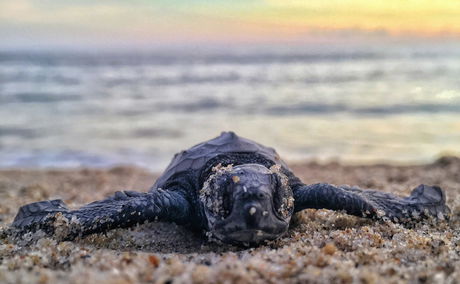
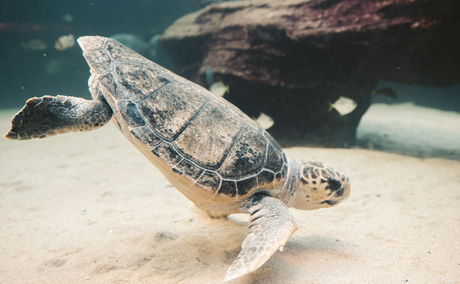

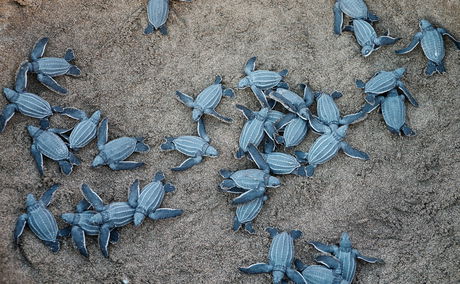
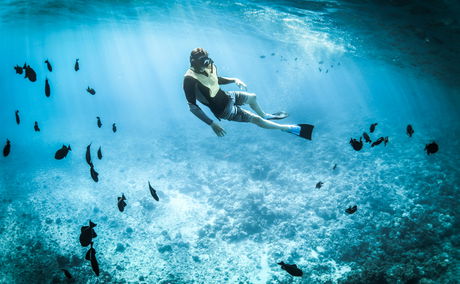
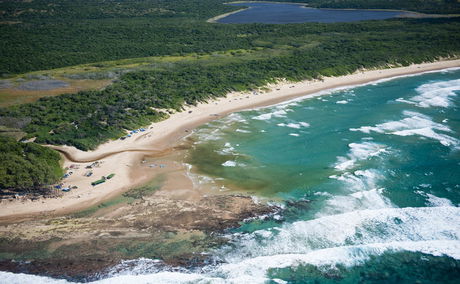

Share This Post